Aliens have landed in the UK! OK, so we’re not talking about the kind of alien you would find bursting out of someone’s chest in a certain 1970s sci-fi, but rather invasive species, which are organisms transported outside of its native range (often by humans) and managed to establish a population elsewhere.
More than 3,000 alien species are estimated to exist in the UK, most of them, such as the three species of stick insect from New Zealand that can be found in Devon, are harmless, however, a small minority (234) disrupt delicate ecosystem interactions that have developed over millions of years. These harmful alien species claim the elevated title of an ‘invasive species’. They all possess certain characteristics, such as the ability to reach adulthood and produce lots of offspring very quickly, or are able to occupy a broad range of habitats and disperse widely and effectively, giving them a competitive advantage over most native species. Their impact however is not merely restricted to our ecology but also our pockets, as invasive species cost the UK economy an enormous £1.7 billion each year.
The most damaging invasive species are often unassuming and unheard of by most of the general public, but their influence on our ecology, economy and sometimes even popular culture are ever present. These invasive species examples are some of the most ruinous and charismatic that currently exist in the UK.
Invasive invertebrate -Killer shrimp
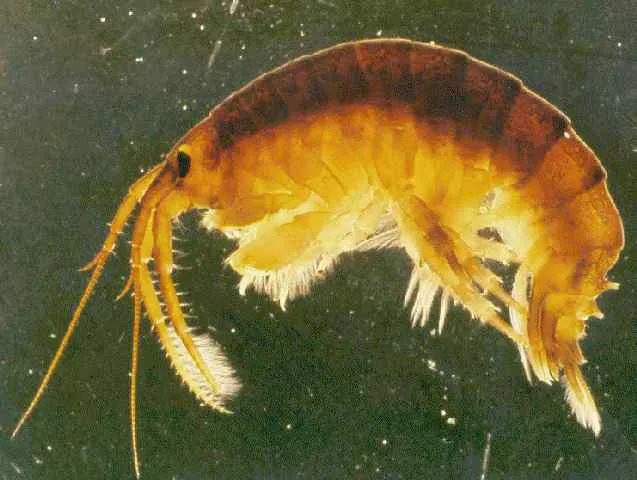
A recent invader, the menacing killer shrimp was introduced from Black and Caspian Sea catchments and first recorded in Grafham Water reservoir, Cambridgeshire in 2010. The killer shrimp predates upon the aquatic larval stages of insects (an important food source for juvenile fish) and fish eggs, sometimes mercilessly killing only to remove competitors. All of which adversely impact valuable salmon and trout fisheries. Organisms at all levels of the food chain are affected by alterations in predator and prey abundances in response to the killer shrimp’s psychopathic predation behaviour.
The shrimps have wide salinity and water temperature tolerance ranges and once they have entered a river they can disperse at a rate of up to 24 km per year downstream and 30-40 km upstream. Individuals can reach sexual maturity as quickly as four weeks and release up to 200 eggs, tightening their grip on our rivers. Many gaps in our understanding of their biology, such as factors that control seasonal reproduction exist. As a result no control methods currently exist to prevent
Invasive plant -Japanese knotweed
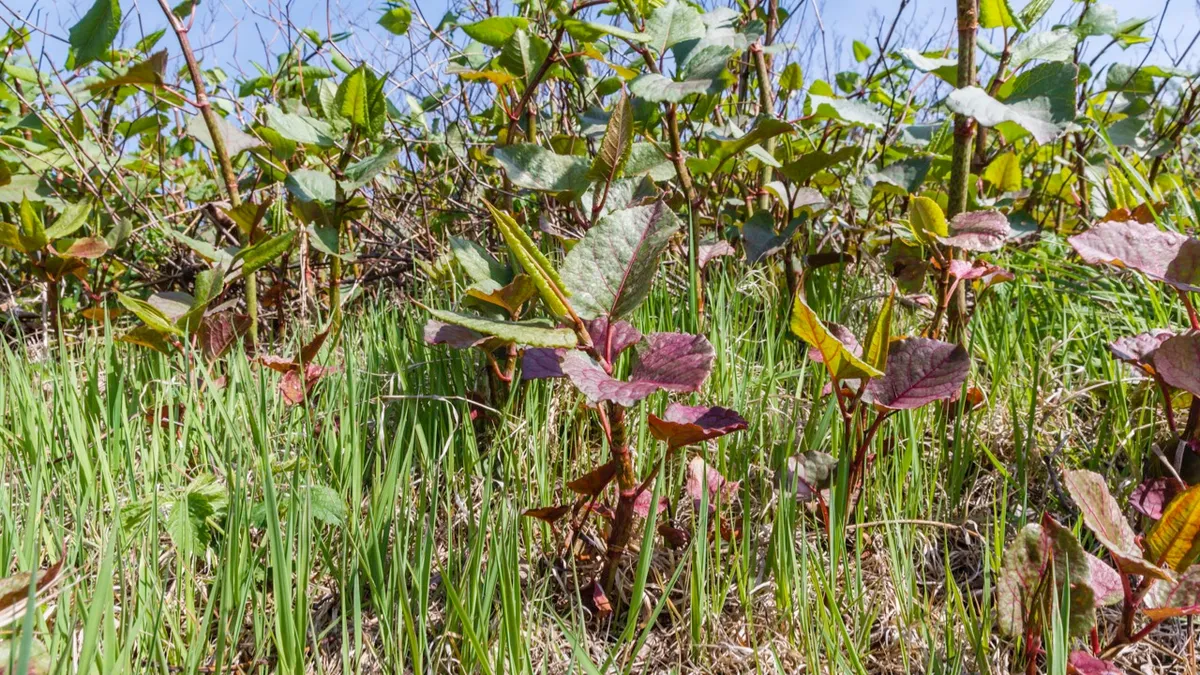
Japanese knotweed was introduced to the UK from Japan during the early 19th Century as an ornamental plant but quickly established a demonic reputation. This deadly plant sabotages neighbouring species by releasing growth inhibitory chemicals and forming dense patches, smothering competitors. Not even concrete can stop Japanese knotweed, resulting in serious damage to housing and transport infrastructure1. As a result, an estimated £166 million each year is spent as a direct result of Japanese Knotweed in the UK.
The plant’s extensive seven-metre root system is almost impossible to eradicate and calls for intensive herbicide control or deep excavation in order to achieve successful eradication. As little as 0.6g of the root system is required to establish a new population, resulting in rapid dispersal. The use of a Japanese insect called psyllid, which eats Knotweed is currently being trialled as a form of biological control. Biological controls often fail however, and are risky as wider ecological effects are often overlooked and unknown.
Invasive fish -Topmouth gudgeon
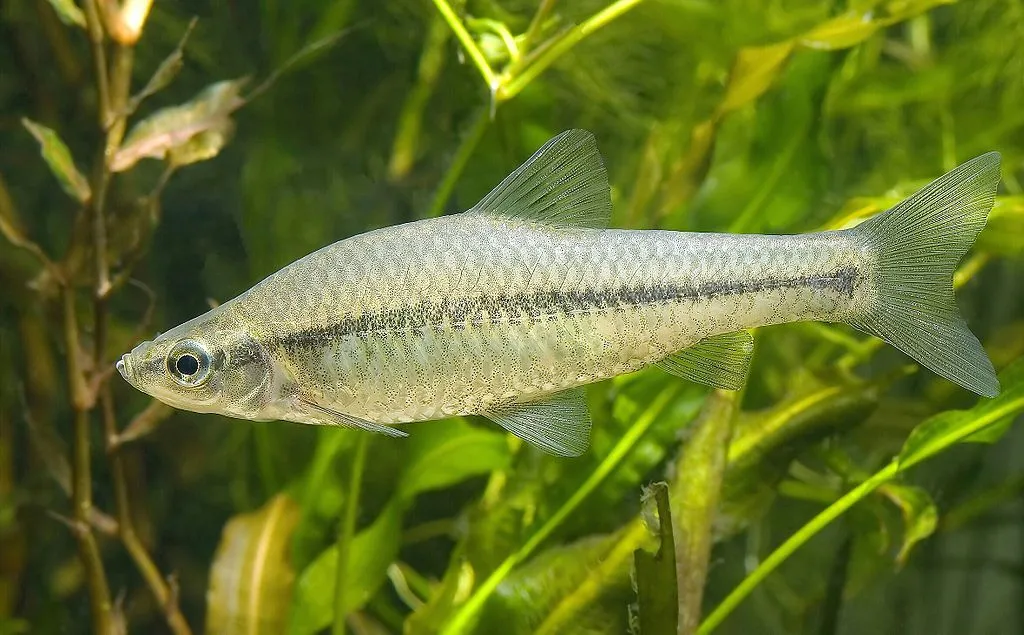
The topmouth gudgeon is an unassuming coarse fish that grows no larger than 11cm. However, this tiny invader from Asia is one of the most potentially ruinous non-native fish species ever to invade Western Europe and is listed under the Import of Live Fish Act (1980) as a ‘Category 5 species’ - the highest risk.
The topmouth gudgeon was first recorded in the UK at a fish farm in Hampshire in 1986, two years after they were first detected in mainland Europe. The gudgeon breeds four times a year and impacts native fish and insect species by consuming all available resources. One study revealed that 60 or more gudgeons per square metre, which feed upon fish eggs, aquatic plants and insect larvae, inhabited a spawning habitat. This results in suppressed activity or elimination of native fish species, alternating natural ecosystem processes and reducing biodiversity, leaving nothing more than a barren stretch of river. Furthermore, the gudgeon spreads parasites and disease. At the height of their invasion, topmouth gudgeon were present at 23 locations in the UK. However, eradication programs using fish targeted pesticides have reduced this number to just three.
Invasive plant - Giant hogweed
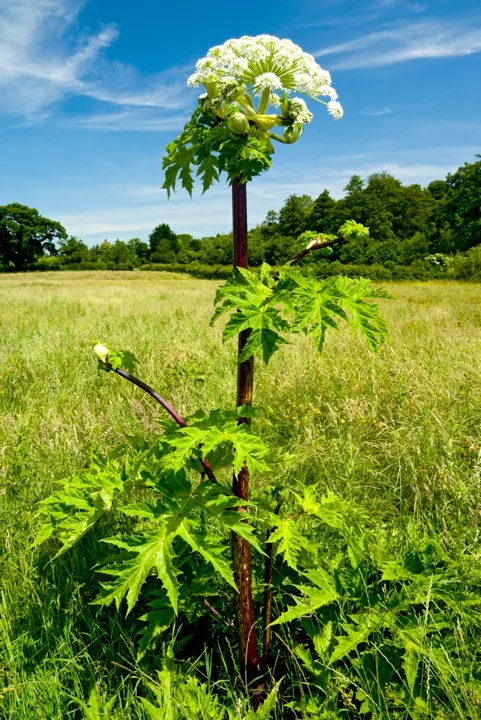
This menacing six metre giant was introduced to the UK from the Caucasus to add grandeur to fancy Victorian gardens in the 19th Century. However, the Giant Hogweed held a deadly secret. Its sap contains furanocoumarins, a group of highly toxic organic chemicals. When activated in the presence of bright light, these toxins cause severe burns and blistering that can last for several months, prompting the tabloid press to name it the “KILLER PLANT”. Wise to the weed’s evil disposition, the progressive rock group Genesis envisioned a future dominated by Hogweed in a song released in 1971 called The Return of the Giant Hogweed, which contains lyrics such as “turn and run, nothing can stop them” and “stamp them out, we must destroy them”.
Their umbrella-like 0.75m flower heads hold up to 1,500 seeds, which are carried by the wind to uninfected territory, and can lay dormant for up to 10 years. Herbicides and physical interventions form the basis of control in the UK, with the primary aim to eliminate the seed bank when the plant dies back after seed dispersal. Although Giant Hogweed’s economic impact is minimal and control equates to little more than £120,000 a year, the nasty burns and blistering it inflicts earn it a place on the list.
Invasive invertebrate -Chinese mitten crab

So called because of the thick matt of hair that lines their claws, Chinese mitten crabs were first recorded in the River Thames in 1935 and can now be found in many freshwater rivers. The currently accepted theory of how they got here is that they were transported in ballast water of ships from China and Eastern Europe.
During late summer mitten crabs undertake a synchronised migration of up to 1,500km towards estuaries to spawn. Anywhere between 250,000 to 1,000,000 eggs are released, producing an army of microscopic larvae that are delivered undetected to virgin native territory by tidal currents. Once adults they seek protection inside burrows that are hollowed out of river banks, causing widescale erosion that compromise flood defences and agricultural land. The salmon and trout fishery, worth £128m in England and Wales, is also negatively impacted by excess silt from burrow excavation that degrades spawning habitat, which demands clear water and gravel beds.
Although the exact economic impact of Chinese mitten crabs in the UK is unknown, existing estimations put cost to the German economy at €80,000,000 since their introduction in 1912. Current management methods, such as extensive trapping, migration barriers and eradication programs have proved to be unsuccessful. In China, the mitten crab is a delicacy only top dollar can afford. Zoologists at the Natural History Museum in London suggest that catching, and then exporting the crabs back to China will be the most effective way to control their population.their spread.
Invasive bird - Ring-necked parakeet
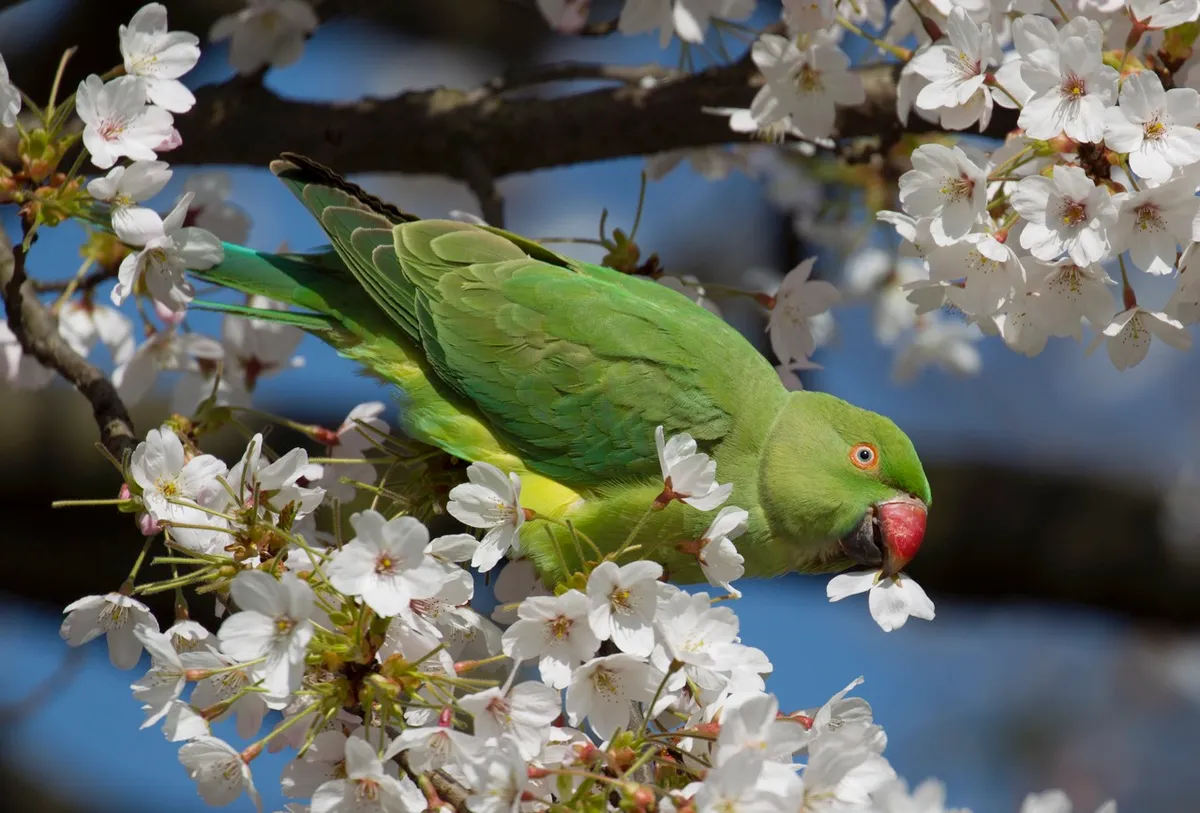
You’re more likely to find the luscious greens, yellows and blues that adorn the ring-necked parakeet in the tropical rainforests of central Africa rather than bustling London suburbia, because, of course, that’s where they naturally occur. The first breeding pair in the UK were recorded in Norfolk in 1855, probably introduced via the pet trade, however, it wasn’t until 1969 that a significant population established itself in the south of England.They most notably occur within London’s many parks and suburbs where they can be found nonchalantly swinging from garden bird feeders.
A significant population consisting of at least 5,000 breeding pairs also occurs in Brussels, thanks to their introduction by the owner of the Meli Zoo and Attraction Park who “wanted to make Brussels more colourful”.
In contrast to the other examples of invasive species above, the ring-necked parakeet has a minimal impact on native ecology. These impacts include damage to fruit trees, reduced vineyard productivity and limited competition for nesting space. However, it is this alien species that highlights in technicolour the flexibility that some species possess to invade foreign ecosystems and outcompete native populations.
Follow Science Focus onTwitter,Facebook, Instagramand Flipboard